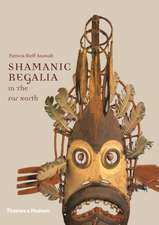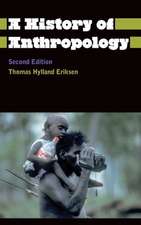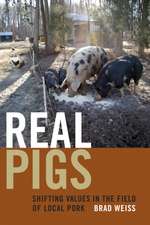The Making of a Human Bomb – An Ethnography of Palestinian Resistance: The Cultures and Practice of Violence
Autor Nasser Abufarhaen Limba Engleză Paperback – 23 iul 2009
Preț: 262.32 lei
Nou
Puncte Express: 393
Preț estimativ în valută:
50.19€ • 52.41$ • 41.54£
50.19€ • 52.41$ • 41.54£
Carte tipărită la comandă
Livrare economică 05-19 aprilie
Preluare comenzi: 021 569.72.76
Specificații
ISBN-13: 9780822344391
ISBN-10: 0822344394
Pagini: 288
Ilustrații: 9 illustrations
Dimensiuni: 167 x 226 x 19 mm
Greutate: 0.41 kg
Editura: MD – Duke University Press
Seria The Cultures and Practice of Violence
Locul publicării:United States
ISBN-10: 0822344394
Pagini: 288
Ilustrații: 9 illustrations
Dimensiuni: 167 x 226 x 19 mm
Greutate: 0.41 kg
Editura: MD – Duke University Press
Seria The Cultures and Practice of Violence
Locul publicării:United States
Cuprins
Contents; Acknowledgments1: Introduction; 2: Histories and Historicities in Palestine; 3: State Expansion and the Violence of Peace Making in Palestine; 4: The Carrier; 5: Dying to Live; 6: The Strategies and Politics of Martyrdom in Palestine; 7: ConclusionAppendix; Notes; Bibliography; Index
Recenzii
The Making of a Human Bomb is a powerful book. Reflecting on suicide bombings, Nasser Abufarha explains more: the collective state of mind of the Palestinian population since the Oslo process broke down in 2000. His book will be quite useful for anyone seeking to understand the Israeli-Palestinian conflict as perceived from the Palestinian side.John Quigley, author of The Case for Palestine: An International Law Perspective
Textul de pe ultima copertă
""The Making of a Human Bomb" is a powerful book. Reflecting on suicide bombings, Nasser Abufarha explains more: the collective state of mind of the Palestinian population since the Oslo process broke down in 2000. His book will be quite useful for anyone seeking to understand the Israeli-Palestinian conflict as perceived from the Palestinian side."--John Quigley, author of "The Case for Palestine: An International Law Perspective"
Notă biografică
Descriere
Claims that there is a cultural logic to Palestinian suicide bombings, and that these acts can neither be understood nor effectively countered without taking this into account























